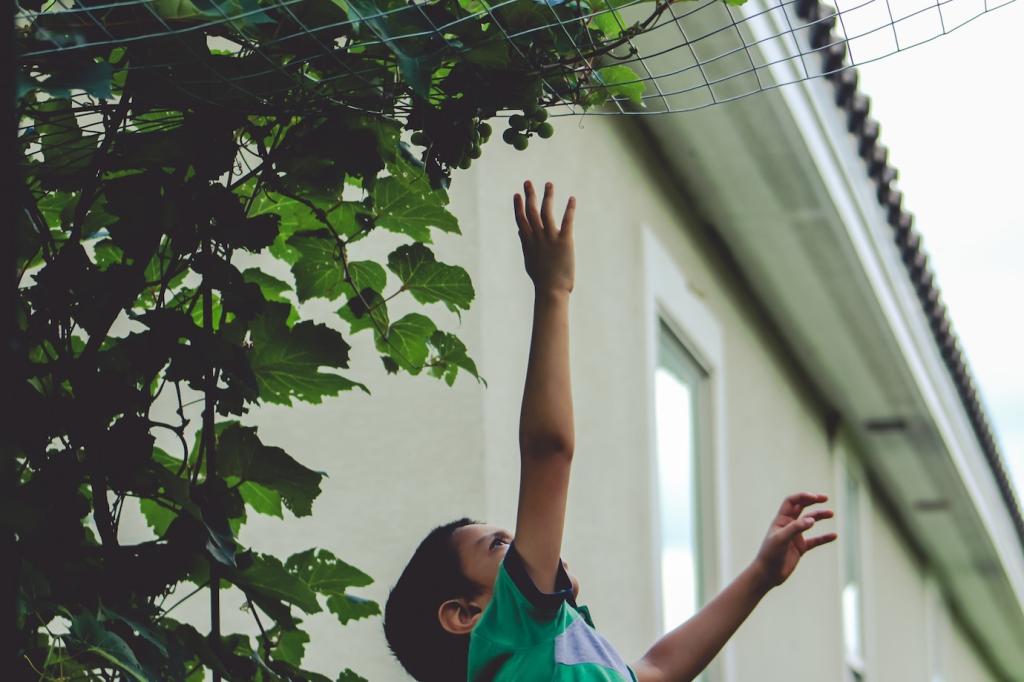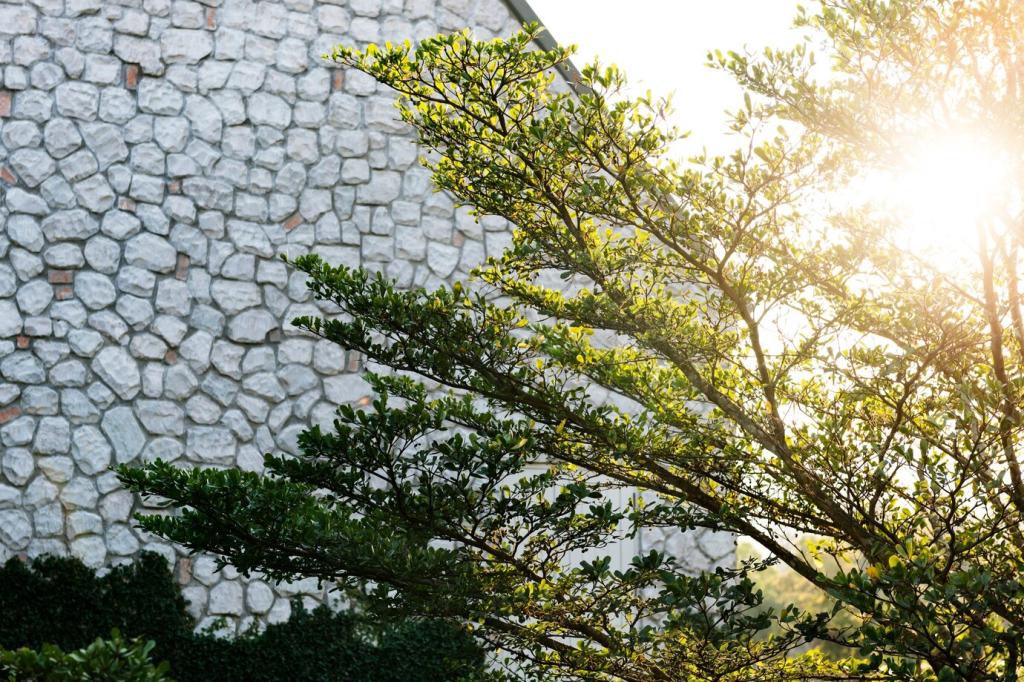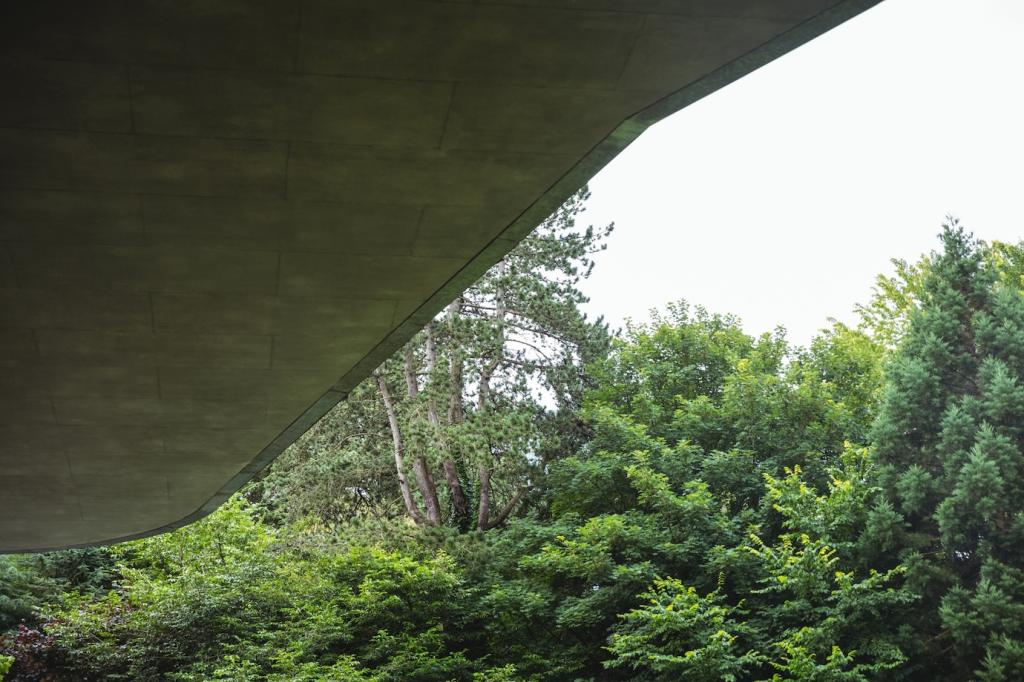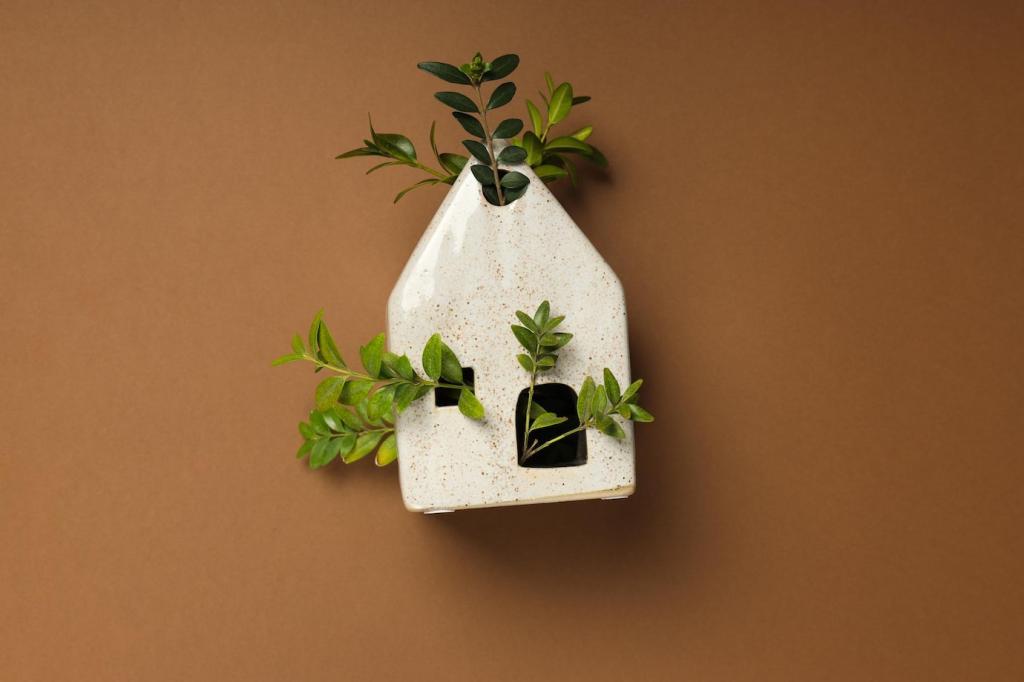Leather & Book Bindings: Light Conditioning, Not Saturation
Melt one part beeswax with three parts jojoba and a pea-sized dab of anhydrous lanolin for flexibility. Cool to a soft cream. Test on an inconspicuous spot, then apply a whisper-thin film and buff. The goal is suppleness and light sheen, not a glossy, sealed surface.
Leather & Book Bindings: Light Conditioning, Not Saturation
A cracked strap from a 1930s satchel softened after two micro-thin balm applications spread a week apart. The leather flexed quietly again, and the color deepened just a shade. Have a similar win—or worry? Post a photo and your steps so others can learn and encourage you.










